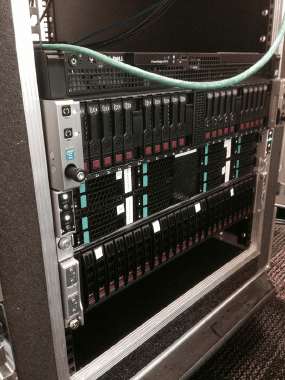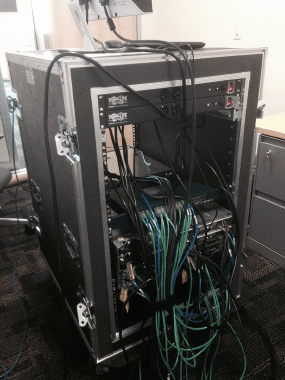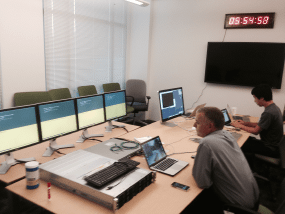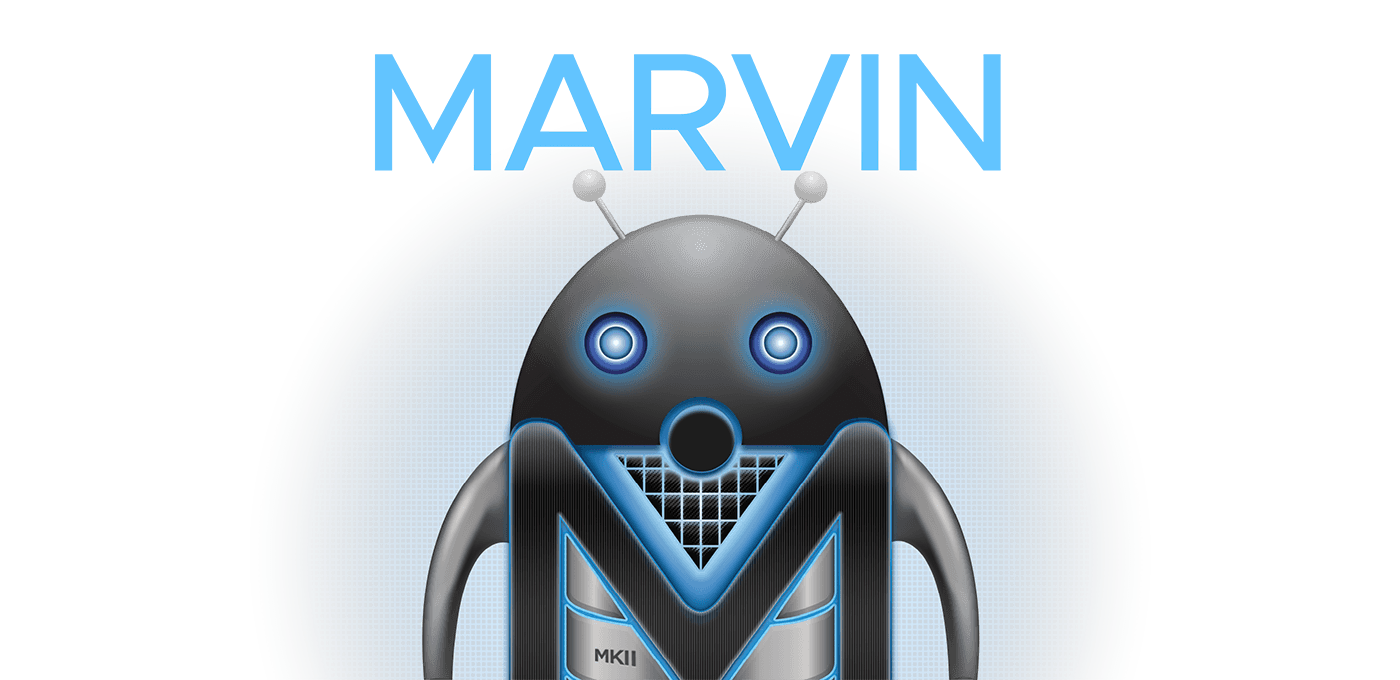
It was February 2013, and I had just moved to San Francisco. I had been working for VMware for around eight months.
I was excited to be working (finally) in Silicon Valley; A dream of mine since childhood.
One wintery afternoon, Mornay Van Der Walt Called me into his office. He asked me
“Do you think we could build a prototype that installs and configures an entire SDDC in a hyper-converged infrastructure appliance format and do it in under 15 Minutes”?
I thought for a minute. “Sounds kinda hard” I said to myself.
“Yeah. sure, I mean, how hard could it be?”
I had no idea.
What should we call it?
This prototype needed to perform a massive amount of automation and be simple enough to use without training.
Knowing where to start when faced with a blank sheet of paper is always the most challenging part. I believe in Experience First as an engineering principal.
User Experience comes first.
I always start with drawing out ideas on a whiteboard, so as I was scribbling out some nonsense a few days later, and Adam Zimman walked past me and said something along the lines of:
“Oh, you’re working on Mornay’s Project? Cool, what about naming it MARVIN?”
Without me asking, he reeled off the acronym meaning:
“Modular Automated Rackable Virtual Infrastructure Node”
Adam then proceeded with the idea of using Marvin the Paranoid Android from The Hitchhiker’s Guide to the Galaxy, as a mascot for the prototype.
No debate ensued. I loved the idea.
The Prototype
After months of prototyping, I had developed the basics of an end-to-end experience. It showcased the configuration and build experience of the appliance.
The prototype was also functional. I spent a massive amount of time picking the brains of William Lam over which ESX and vCenter APIs I needed to use, what sequences we required and what data we needed to capture.
The original workflow resulted from significant amounts of William’s time, effort, and help.
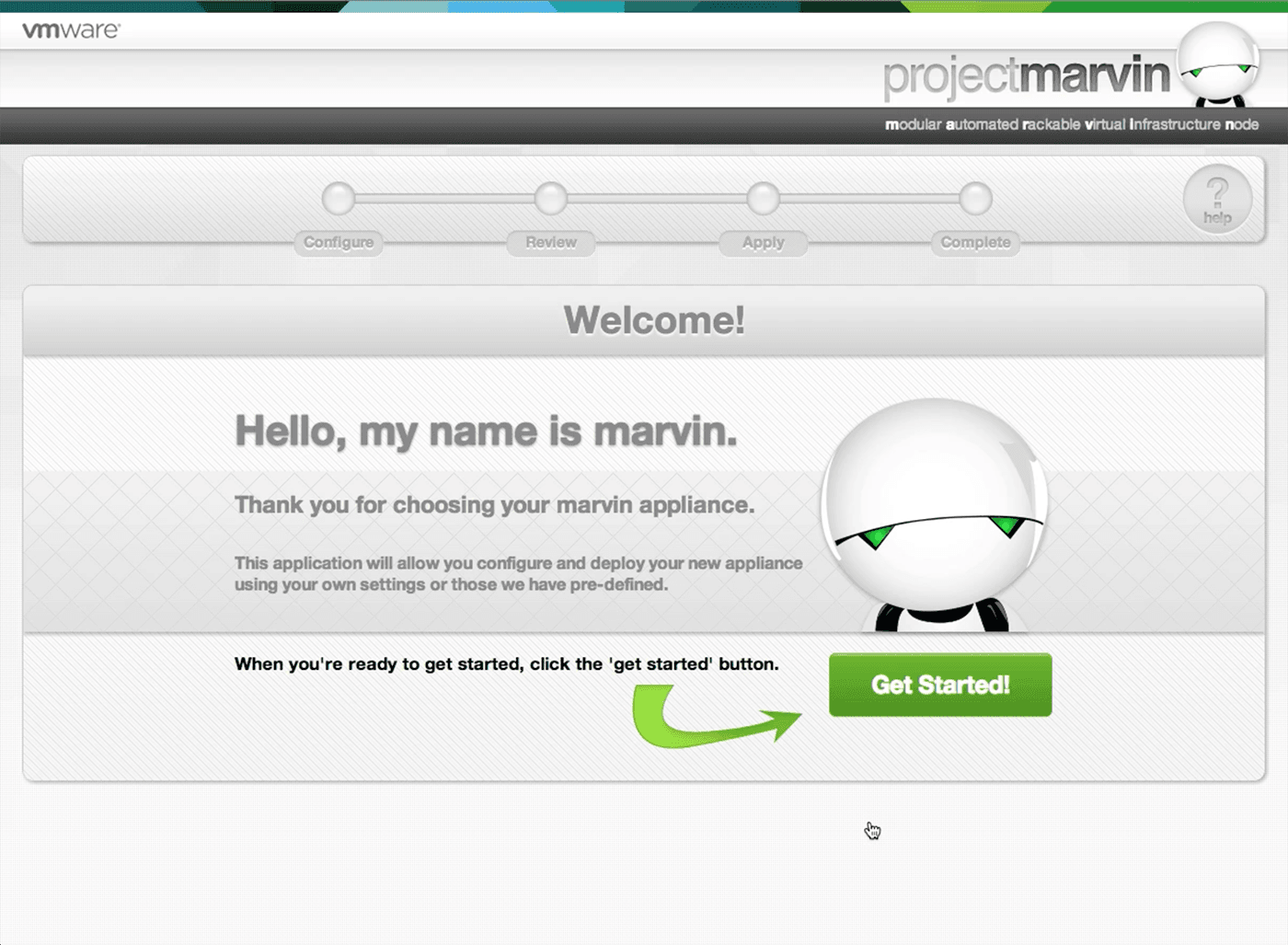
The following video is the original prototype of MARVIN. It showcased the possibilities of what could be. I also want to remind you that it was 2013, many years ago. Combined with the fact that I am not great at design.
View the original wireframes, flow chart and basic block diagram.
The First Hires
Things moved fast after the initial showcase of the prototype. Mornay informed me that we could hire engineers. The first hire had to be a UI engineer that was way smarter than me.
Within a few days, I met Jehad Affoneh for the first time.
After ten seconds of talking to him, I wanted him to join the team. Jehad was a design and experience thought leader masquerading as an engineer. He could see what I could see before I could even explain it.
I knew we also needed another engineer to lead the platform engineering. Once again, it had to be someone way smarter than me.
Wit Riewrangboonya stepped into the light.
One of the most intensely passionate and talented engineers I’ve ever met, wickedly intelligent and unafraid to show it. Wit was working on ESXi at the time and, like Jehad, was looking for a new challenge.
A Silicon Valley Startup
We didn’t have an office to work in, so we camped out in a meeting room in Promontory D, located on the VMware Palo Alto Campus.
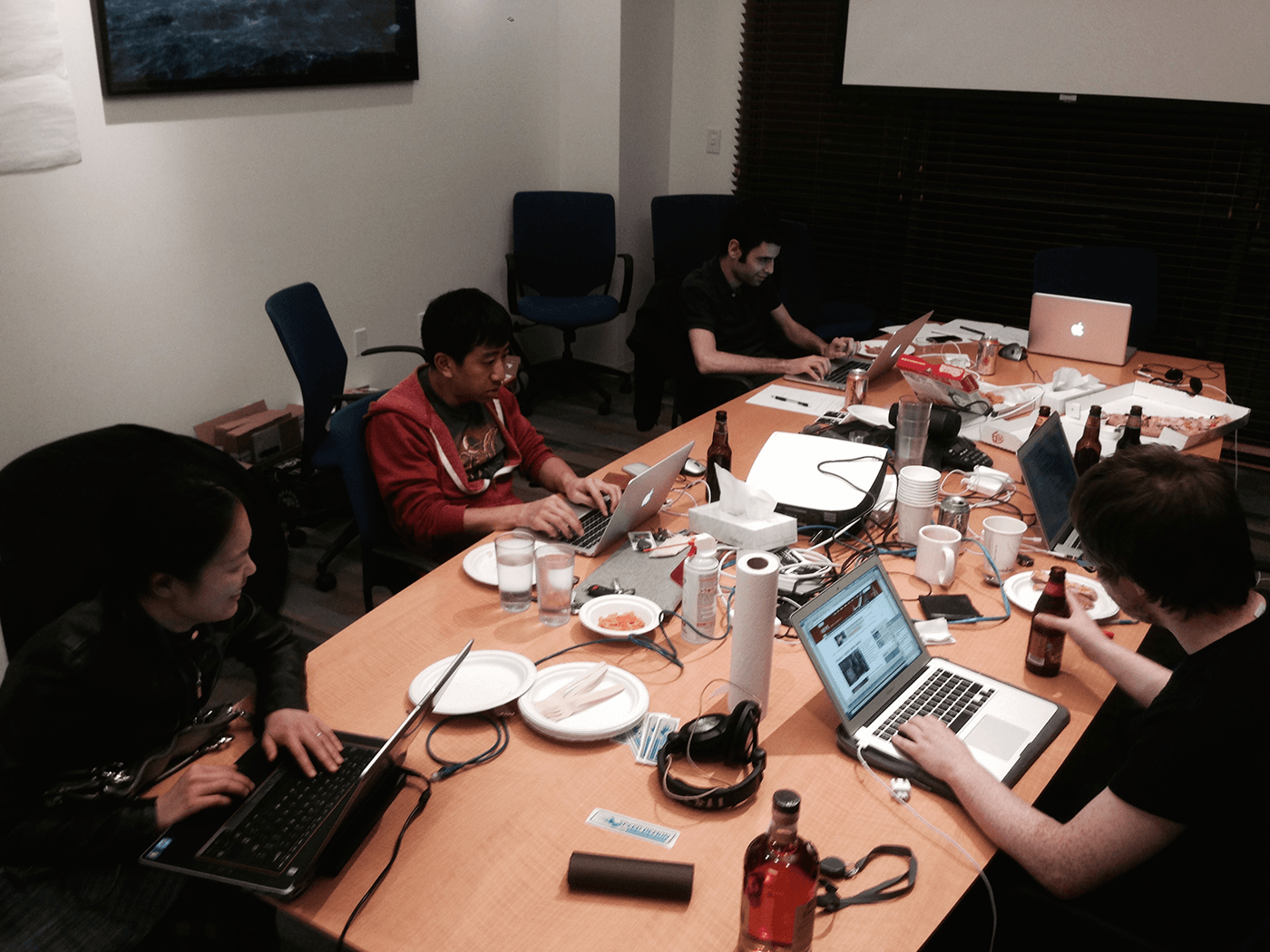
We hacked code like crazy. There was excitement in the air; we were onto something new, something hot.

We moved from meeting room to meeting room for a few months, until one day in early 2014, we got our place on the Palo Alto campus. The back corner of one of the newly constructed Hilltop buildings.
Shortly after moving into our new office, we got our hands on real hardware to test our code actually worked.
We set up a dedicated testing room next to our dev office and installed a big clock on the wall. We used this to time our automation runs on real hardware.
We had 15 minutes to get that first VM up and running.
It was a stressful time, but the excitement came in from all corners of the company. When we showcased the experience, everyone (I think) was impressed.
The wow factor was that anyone who had experience with installing and configuring a cluster before, knowing the steps involved and the complexity it presented the administrator - MARVIN was seemingly magic.
After months of late nights, hardware quirks, and software issues up and down the entire VMware stack, we finally did it. We were ready to show (then VMware CEO) Pat Gelsinger what we could do after spending a decent slice of our R&D budget.
We started the clock and ran the entire sequence.
Fourteen minutes later, we had our first VM up and running from a ‘factory fresh’ state. It ran like clockwork, mainly because we had clocked thousands of hours of runs on our hardware over the previous months.
That moment when you LIVE demo your product to the CEO and senior execs, works flawlessly and is executed perfectly. My team is awesome.
— quobix (@daveshanley) June 5, 2014
Ready to show customers
The showcase went well, and we had the green light to continue and accelerate.
Over the next couple of months, the team worked super hard to fix bugs and tighten the entire product up. MARVIN 1.0 GA (General Availability) had been born.
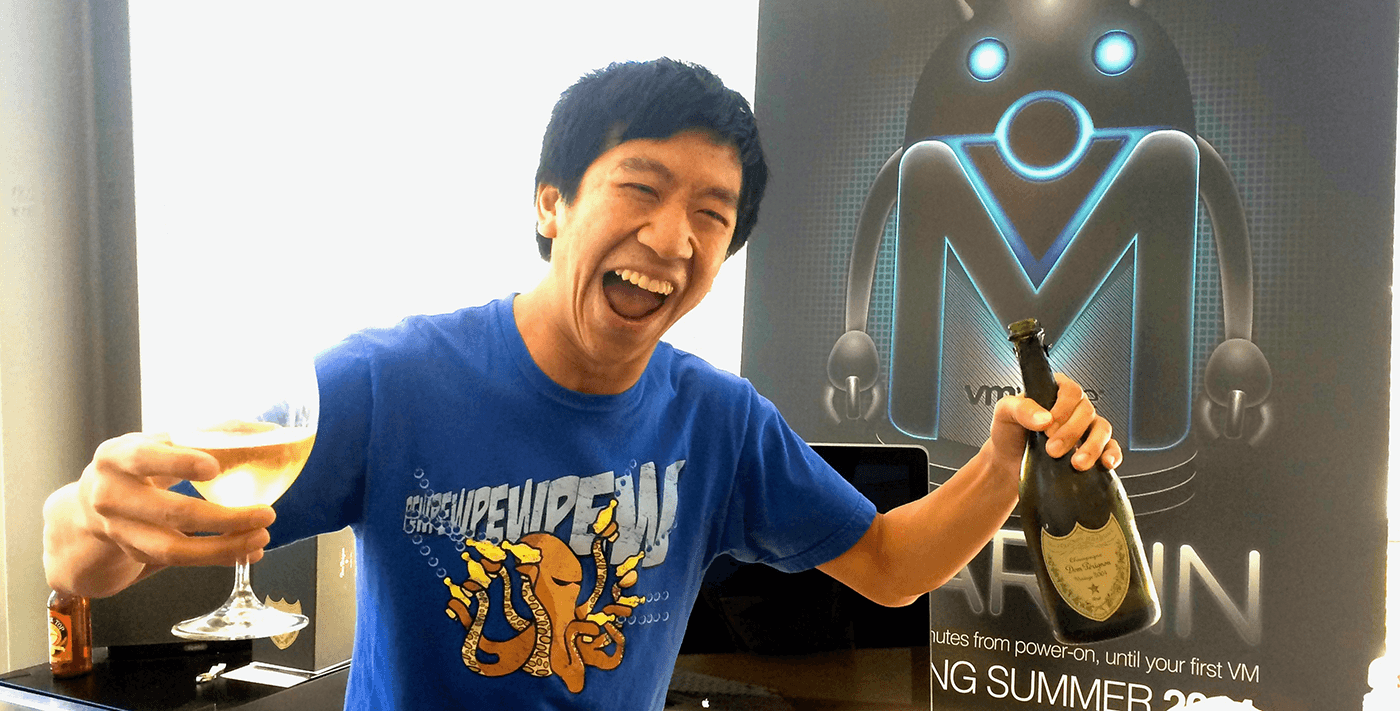
Except, there was a fly in the ointment. “MARVIN” was not a name VMware marketing was interested in.
It needs another name
We tried, but it was a hard no. ‘MARVIN’ as a product name was out. The marketing team was working on a concept called ‘EVO’ as the new term for a family of evolutionary solutions from VMware.
Various terms and ideas got thrown around; none of them sounded right or felt accurate. We were running out of time, and everything on the table wasn’t working.
One afternoon the name ‘RAIL’ popped up.
It described exactly what you did with the hardware; you rolled it into a server rack via a rail.
So, EVO:RAIL was the new name. It made sense, and it sounded cool.
Time to announce it at VMworld.
The shiny new thing
EVO:RAIL was relatively high profile at VMworld 2014. It made the keynote announcement; it had a prime and prominent position on the expo floor.
The EVO:RAIL booth is buzzing! People seem to love what we created. #EVO:RAIL #vmworld pic.twitter.com/WWf1EwW0jt
— quobix (@daveshanley) August 26, 2014
Packed #evorail zone in solutions exchange at #VMworld #vmware pic.twitter.com/64GnflmIBX
— Eloy Ontiveros (@eloyont) August 28, 2014
Even though we changed the name, we kept our MARVIN robot mascot; it’s all over the UI and the videos.
The road to 2.0
After the initial buzz of VMworld, we got to work on wrapping up our first release (and some patches), and then we turned our attention to our next major 2.0 release.
We grew the team significantly across engineering, product management, business development (sales), QA, and operations. New partnerships and agreements are announced frequently on emails and all-hands.
As we rolled through early 2015, we held offsite workshops to build ideas across the engineering and product management teams.
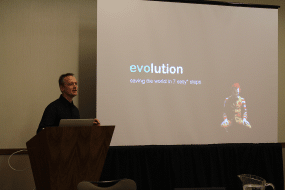
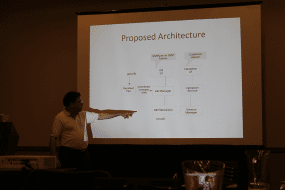
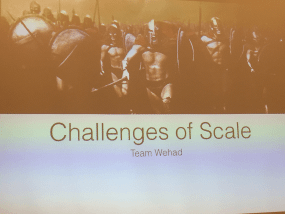
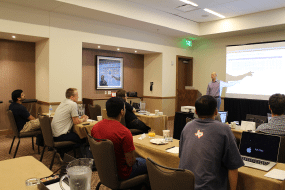
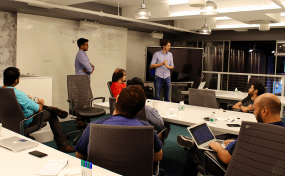
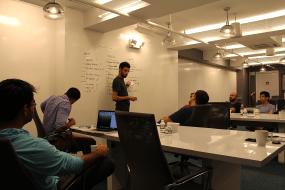
We also built a ton of marketing material for EVO:RAIL. I was so passionate about this project that I composed and produced the background music and performed voiceovers on the videos.
We created industry-specific marketing videos as well.
We even created a few goofy ones that we filmed in our office in Palo Alto. I had a cameo in one of them (at the end)
Heading for stormy waters
As we built many plans and invented all kinds of super exciting technology, problems outside of our control were brewing.
One of the biggest was not anything to do with our technology; it was organizational.
VMware is NOT a hardware company; it’s a software company.
At the time, VMware’s parent company, EMC Corporation, WAS a hardware company.
There was a considerable amount of friction on this matter during the entire lifetime of the project.
EVO:RAIL was a universal platform designed to work across hardware vendors.
The universal bit didn’t go down so well when EMC was ‘just another’ hardware vendor.
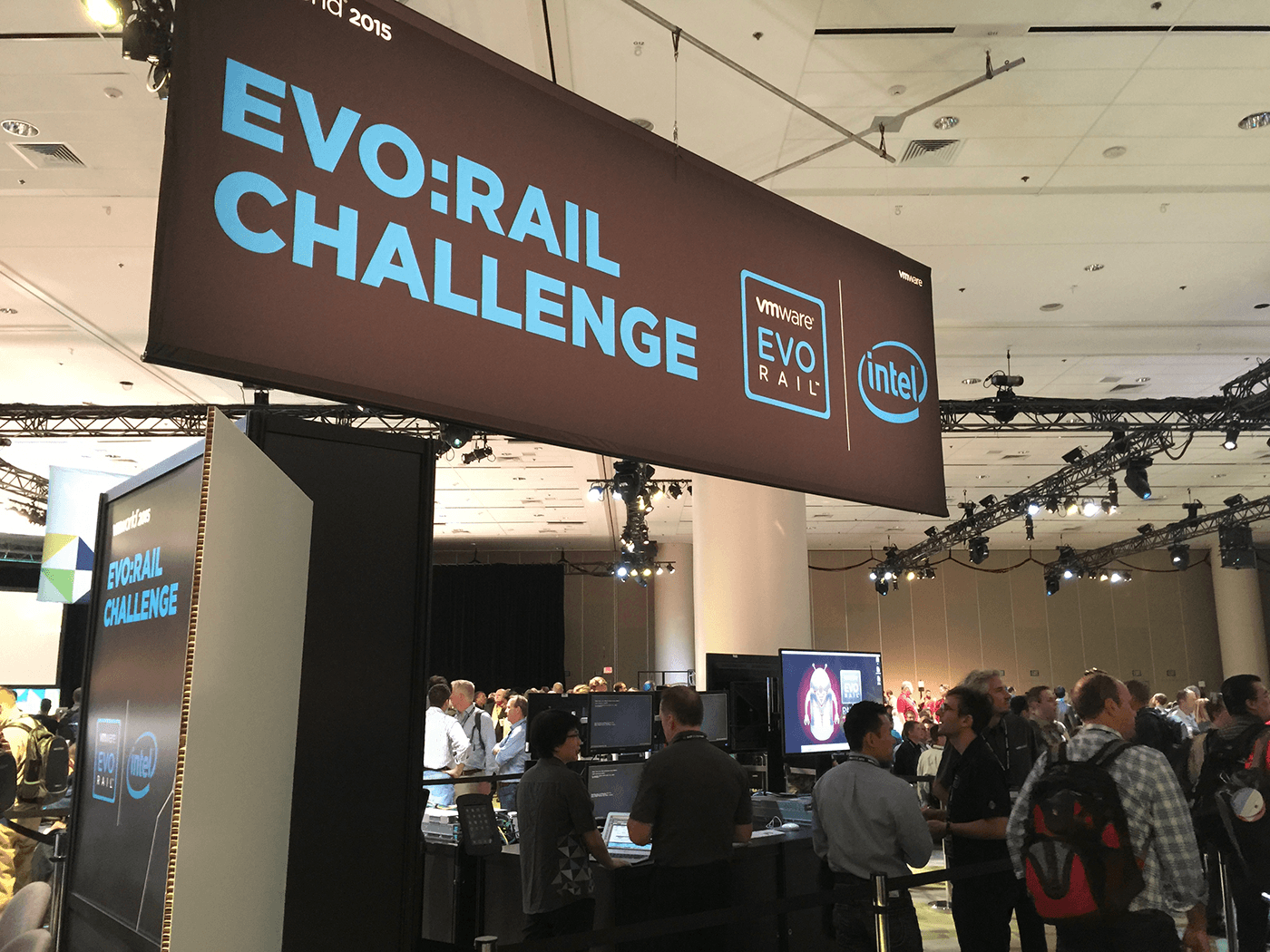
It needs another name again.
By December 2015, it was all over.
EMC was assuming control of the product from VMware. EVO:RAIL became VXRAIL.
My journey was at an end with MARVIN.
Dell Technologies now sells VXRAIL. It’s been very successful and is now a multi-billion dollar product.
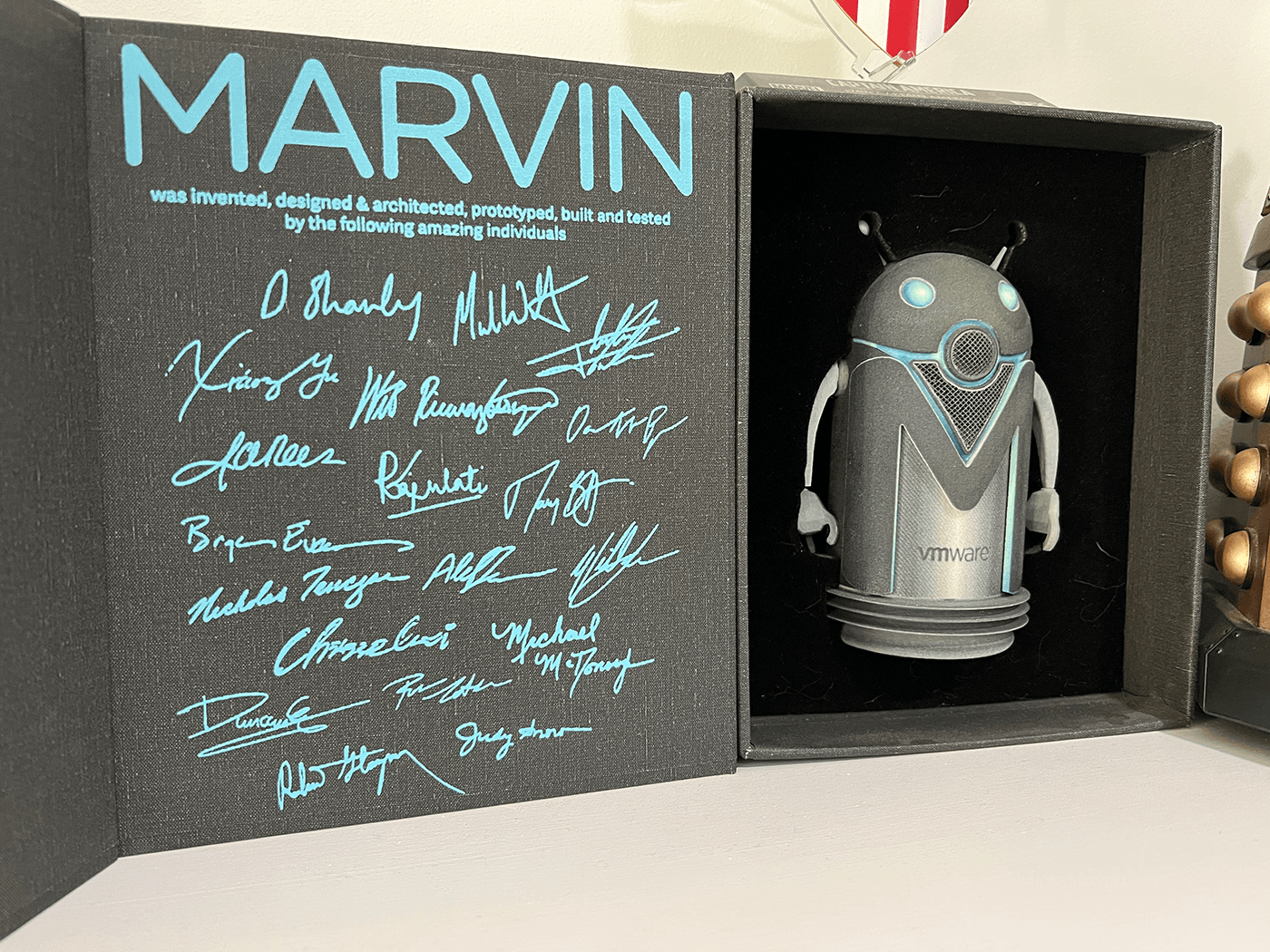
MARVIN lives on
Even though the platform code has changed significantly, the UI’s replaced, and the technology evolved, MARVIN is still considered one of VMware’s most notable innovations.
It laid the path for Dell Technologies to dominate the Hyper-Converged Infrastructure market.

The original codebase is still active internally, and it’s still named MARVIN.

